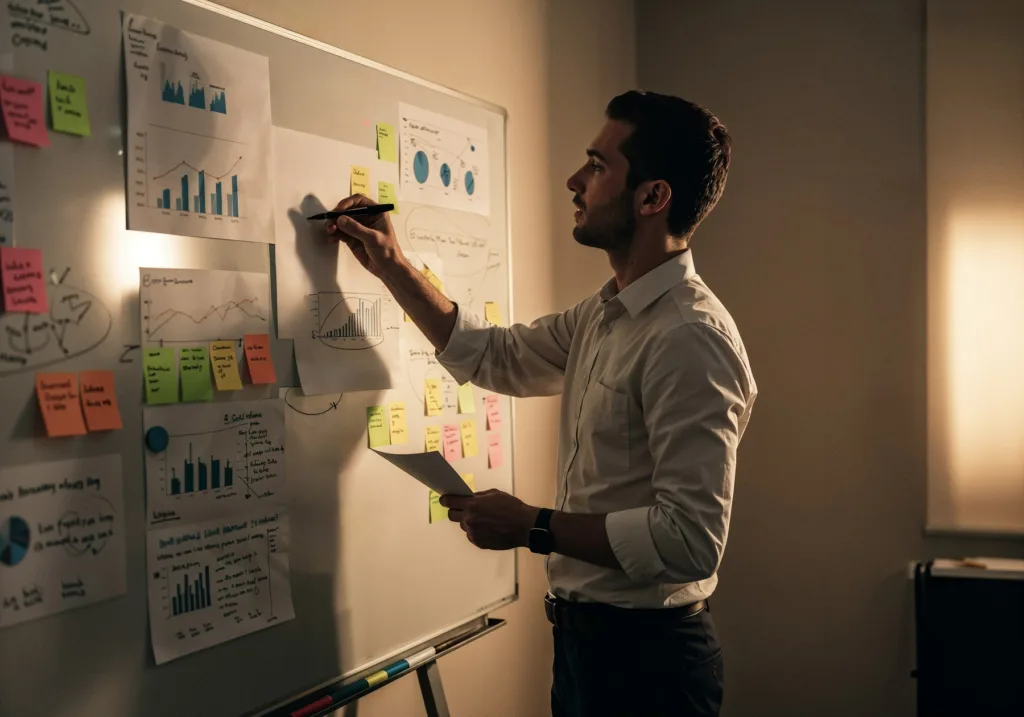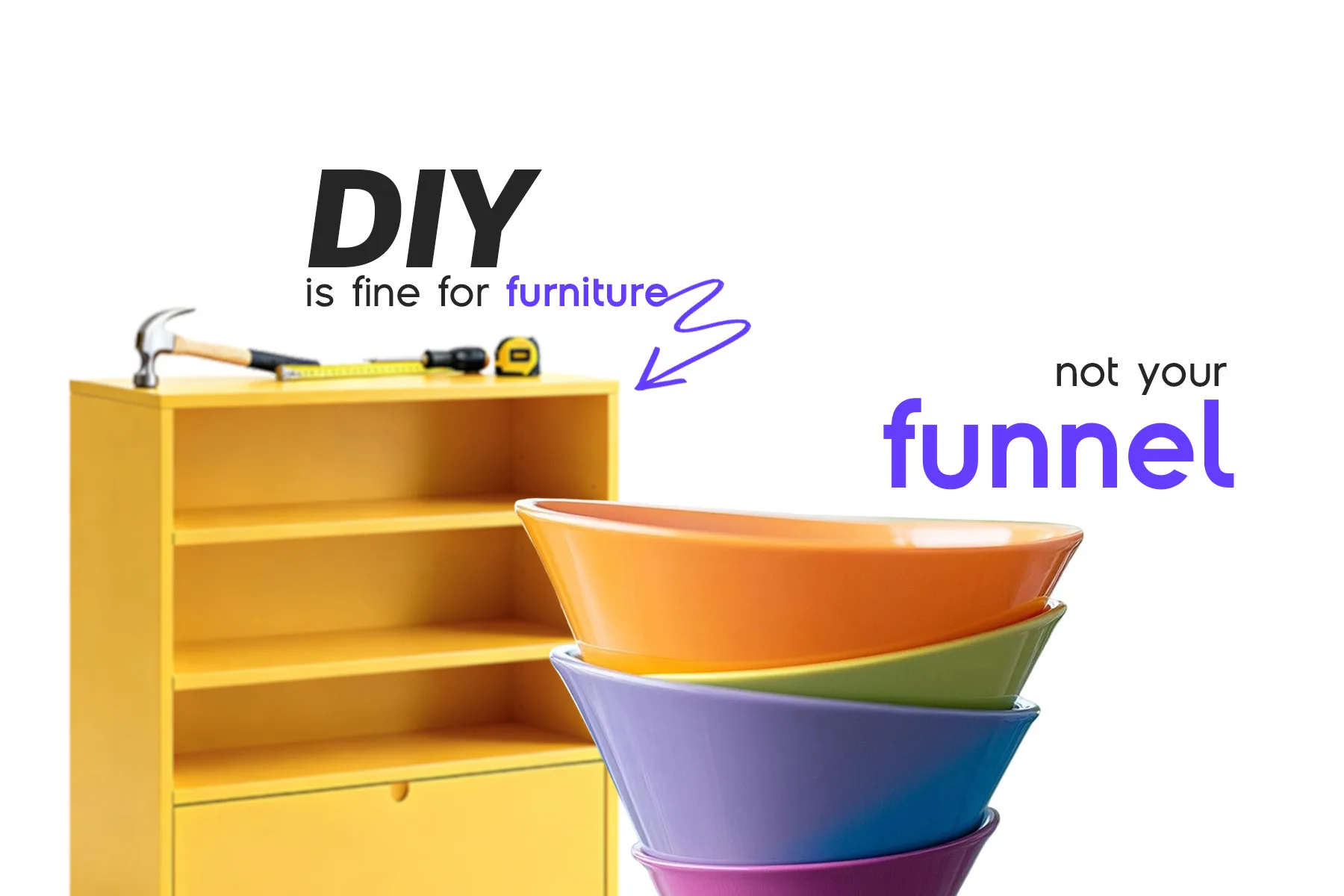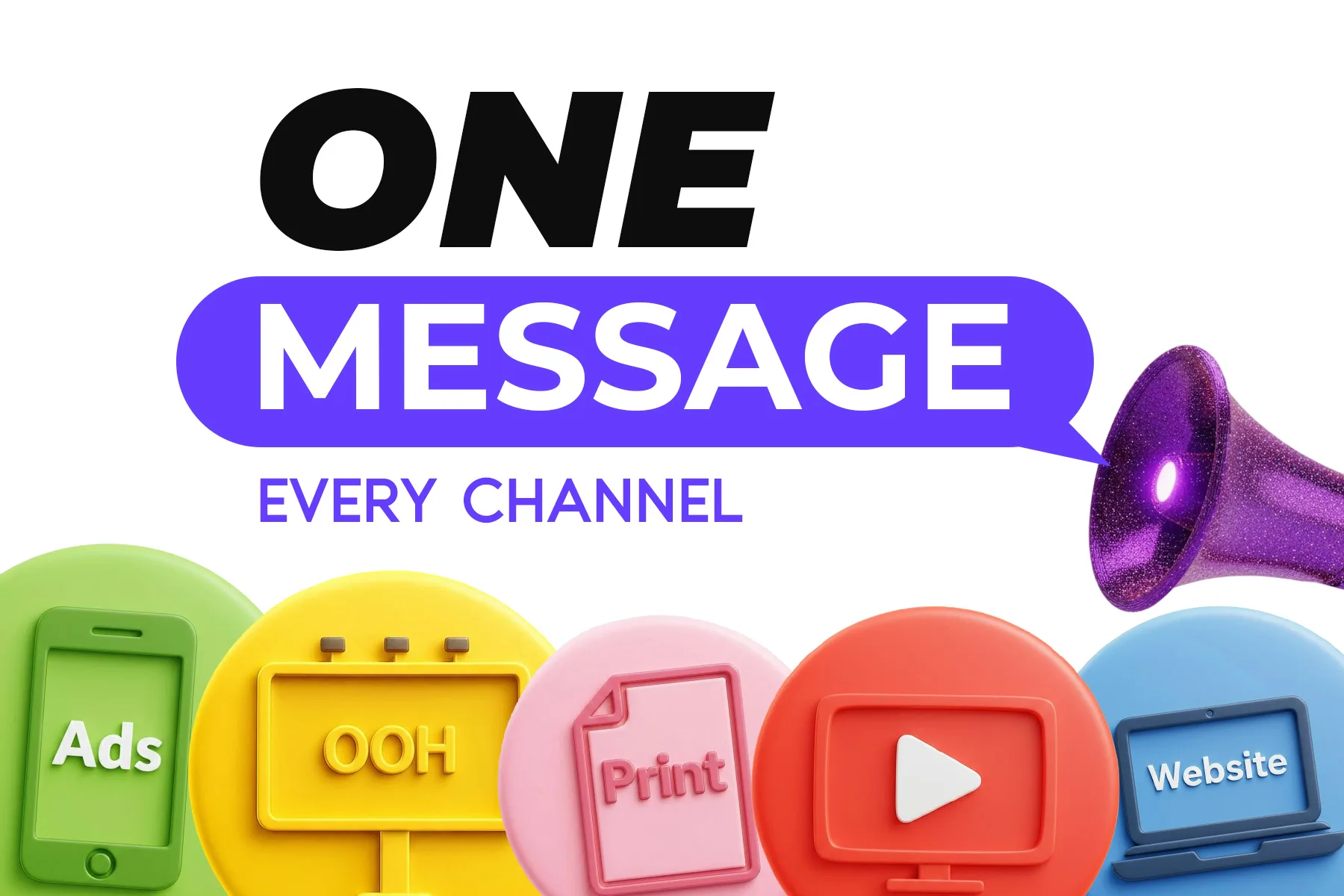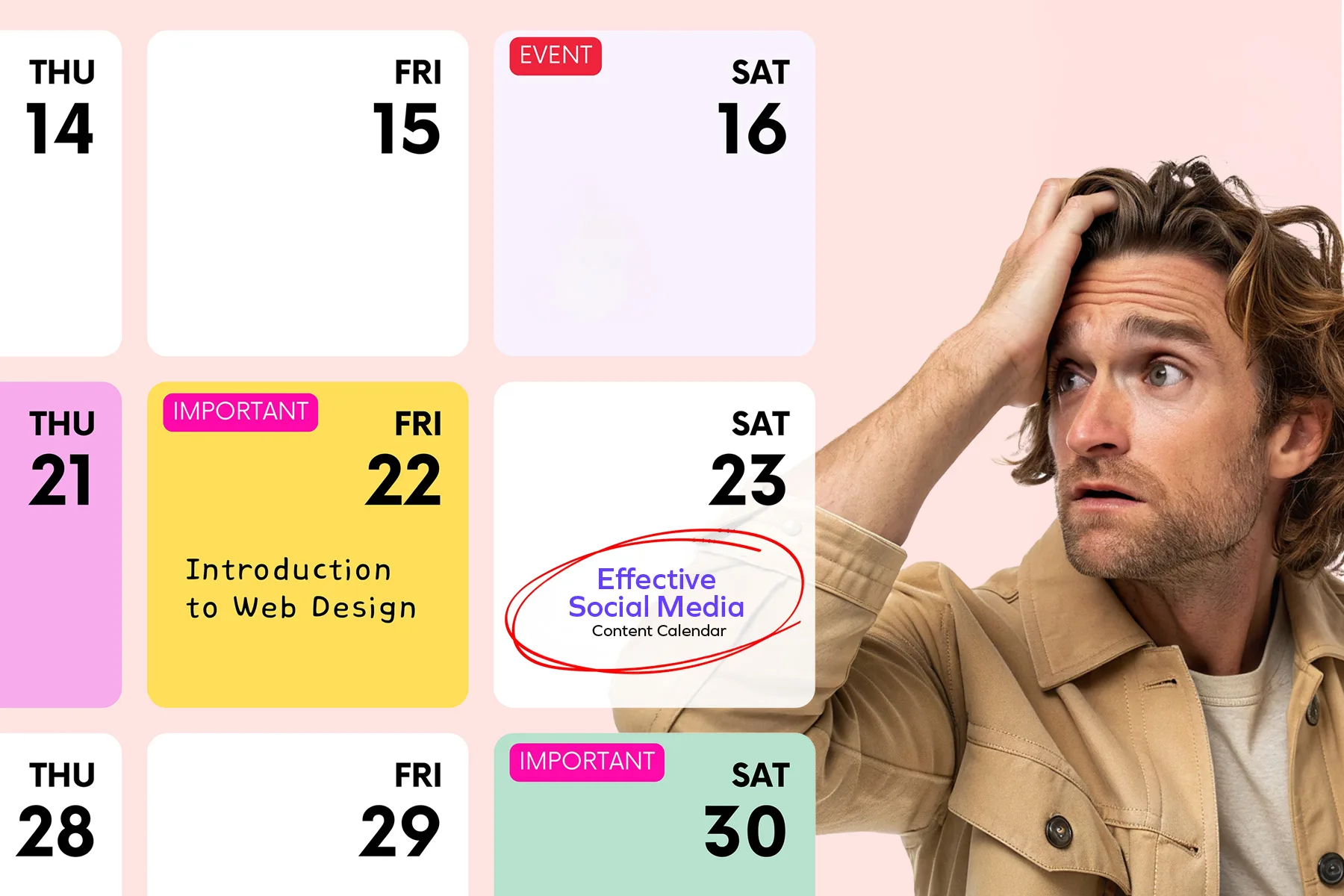Feeling Like Your Marketing Strategies Are Getting Left Behind?
In today’s uncertain economy, marketing can feel like aiming at a moving target. What worked last quarter suddenly stops delivering. Customers change their priorities overnight. Ad costs rise. Algorithms shift. The pressure to “get it right” only increases.
So how do you build a marketing strategy that doesn’t break when the market does?
The answer isn’t to overhaul everything. What matters most is adapting wisely, consistently, and with clear intention. This blog will walk you through how to strengthen your marketing, ensuring it remains effective, even as the environment around you changes. Whether you’re a small business owner, marketing manager, or startup founder, you’ll leave with clear next steps, no guesswork, no jargon.
Let’s get started.
Identify What’s Actually Delivering Results
Before you make big changes, take a look at what’s working. Start with the data, not your assumptions.
Ask yourself:
- What platforms are driving real engagement or enquiries?
- What content is making people take action?
- Are your marketing efforts turning into measurable revenue?
Use tools like Google Analytics, Meta Ads Manager, or HubSpot to track what’s working. If you’re running email marketing campaigns, monitor your open rates, click-through rates, and conversion metrics.
Most importantly, understand why data matters — because without it, you’re steering blind. Data highlights where customer behaviour is shifting, which touchpoints are losing effectiveness, and where small changes lead to big wins. When competitors fail, it’s often because they make decisions based on gut, not grounded insights.
A future-proof strategy begins with identifying what’s worth keeping and what needs to be let go. You can’t make smart shifts if you’re working blind.
Build Flexibility Into Your Marketing Plans
Marketing plans that only work in “ideal” conditions aren’t much help. In a fast-changing economy, your campaigns need breathing room.
Here’s what to consider:
- How often do you review and adjust your campaigns?
- Do you allocate time or budget to experiment with new ideas?
- If a message stops working, can you quickly pivot?
This is where the value of running small, bold experiments comes in, instead of gambling your budget on a single campaign, test micro-ideas — a new ad hook, a different CTA, or an alternate audience segment. These tests reveal hidden insights and help you evolve without losing control.
You don’t need to overhaul your entire strategy monthly, but short review cycles — weekly or bi-weekly — can help you react quickly. Tools like Trello or Asana are helpful for agile planning. If you’re running paid ads, platforms like Google Ads allow A/B testing so you can see what messaging connects the fastest.
Focus on Customer Retention, Not Just Acquisition
Many businesses panic during a downturn and rush to find new customers. But that approach is expensive, and often less effective than nurturing the ones you already have.
Ask yourself:
- Have we checked in with recent or repeat customers?
- Are we providing helpful updates or just more sales messages?
- Is there something valuable we can offer them now?
A good retention strategy might include an email check-in, loyalty rewards, or helpful how-to content. Tools like Klaviyo, Mailchimp, or ActiveCampaign can help automate communication and segment audiences, ensuring you always reach the right people with the right message.
In fact, one of the key takeaways from shifting economies is this: retention is often the safest place to invest. It’s not only cost-effective — it’s also a powerful lever for long-term growth.
Your existing customers are already sold on your value. In tough times, that trust becomes your most valuable asset.
Refine Your Message for Today’s Customer
What your customers wanted six months ago might not match what they want now. Your message needs to reflect their current reality.
Ask:
- Are we addressing their actual challenges, not just promoting features?
- Is our tone still appropriate for the moment?
- Does our marketing sound like it comes from a real person or a sales script?
Use real customer feedback to shape your message. Check your reviews, listen to your sales calls, or run short surveys to understand their mindset.
Also, study what others in your industry are doing well — and what they’re not. There’s always something to learn from how other brands adjust their tone, offers, or storytelling in response to changing customer needs.
If you’re unsure how your message is landing, tools like Hotjar or Typeform can gather customer reactions and insights in real time.
Prepare for the unexpected with digital tools
Market conditions can shift quickly — so it’s essential to stay adaptable and ready to respond with confidence.
Think about:
- What will you do if your primary ad platform becomes too costly?
- Are there immediate steps to take when campaign performance drops?
- Could your visibility drop if an algorithm update changes the game?
This is where understanding why marketing strategies become outdated over time is essential. Many companies get stuck in what used to work and ignore new platforms, behaviours, and buyer expectations.
Avoid this trap by keeping a simple decision-tree or “what-if” doc outlining:
- Alternative channels you can lean on
- Lower-cost tactics like SEO, referrals, or partnerships
- Quick offers or value-adds you can roll out if things tighten
Tools like Google Trends, SEMrush, or AnswerThePublic can also help you spot shifts in customer search behaviour before they fully impact your market.

Make Sure Your Website Is Ready for a Mobile-First World
In a rapidly changing economy, customers are becoming increasingly selective and expect seamless digital experiences.
Check these:
- Does your site load quickly on phones?
- Is it easy to navigate and make a purchase or enquiry?
- Are your contact forms or CTA buttons visible without endless scrolling?
And if you haven’t checked in a while, run your site through:
- Google’s Mobile-Friendly Test
- PageSpeed Insights
- BrowserStack or Responsively App for live previews
More people are using their phones to browse than ever before. Your mobile site should guide them forward — not cause friction or frustration.
Balance Short-Term Wins with Long-Term Growth
When things get tight, it’s tempting to chase quick wins. But sustainable marketing means thinking beyond the next sale.
Ask yourself:
- Are we building trust and authority, or just pushing discounts?
- Are we gathering data we can use later, such as emails, behaviour patterns, or feedback?
- Are we staying consistent in how we present our brand?
Here’s the lesson: your brand doesn’t need to be everywhere. But it needs to be consistent, reliable, and smart. Those who rush for the next big thing often fizzle out. But those who evolve deliberately and stick to a clear message? They stand out.
Look for ways to create small, consistent wins. These stack up over time and give your brand a reputation for stability, even during market shifts.
Final Thoughts: Clarity Is the First Step Toward Stability
You do not need a perfect strategy. You need a clear one.
Ask the hard questions. Check your numbers. Listen to your customers. Look for small, smart ways to improve what you’re already doing.
Because the truth is, marketing doesn’t fail from a lack of effort — it fails from a lack of direction. And in a shifting economy, clarity is your best competitive edge.
It’s not about doing more. It’s about doing what matters, consistently, calmly, and with purpose.
If you’d like to help review your marketing strategy or find areas to strengthen, we’re here to help. No panic. Just practical support.
Let us know where you’d like to begin.







